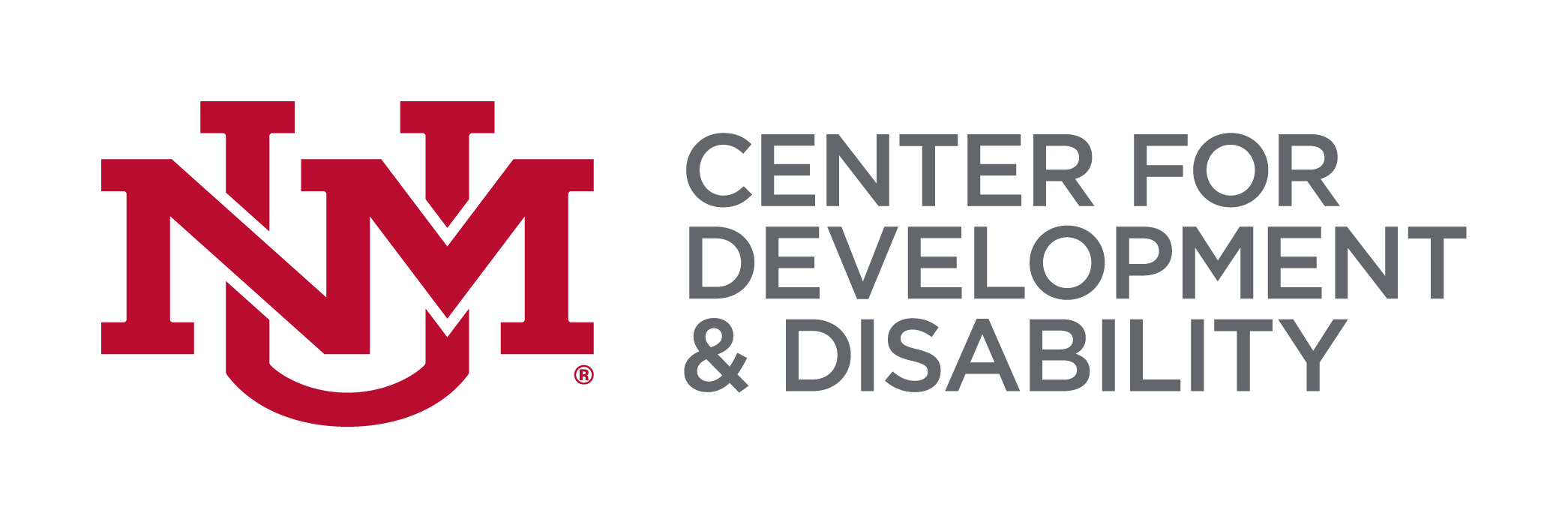Participating in culturally responsive teaching requires a teacher to view their classroom as a learning environment in all aspects and not limiting educational lessons to typical academic subjects. Providing a culturally responsive classroom settings in Native American communities requires the school staff to invite and support local community members to become part of the school environment. Teachers need not be afraid to ask and learn about the local pueblo/tribes' traditions. As educators we must remind ourselves that it is okay to ask questions and learn about the traditions and customs of our students and their caregivers.
